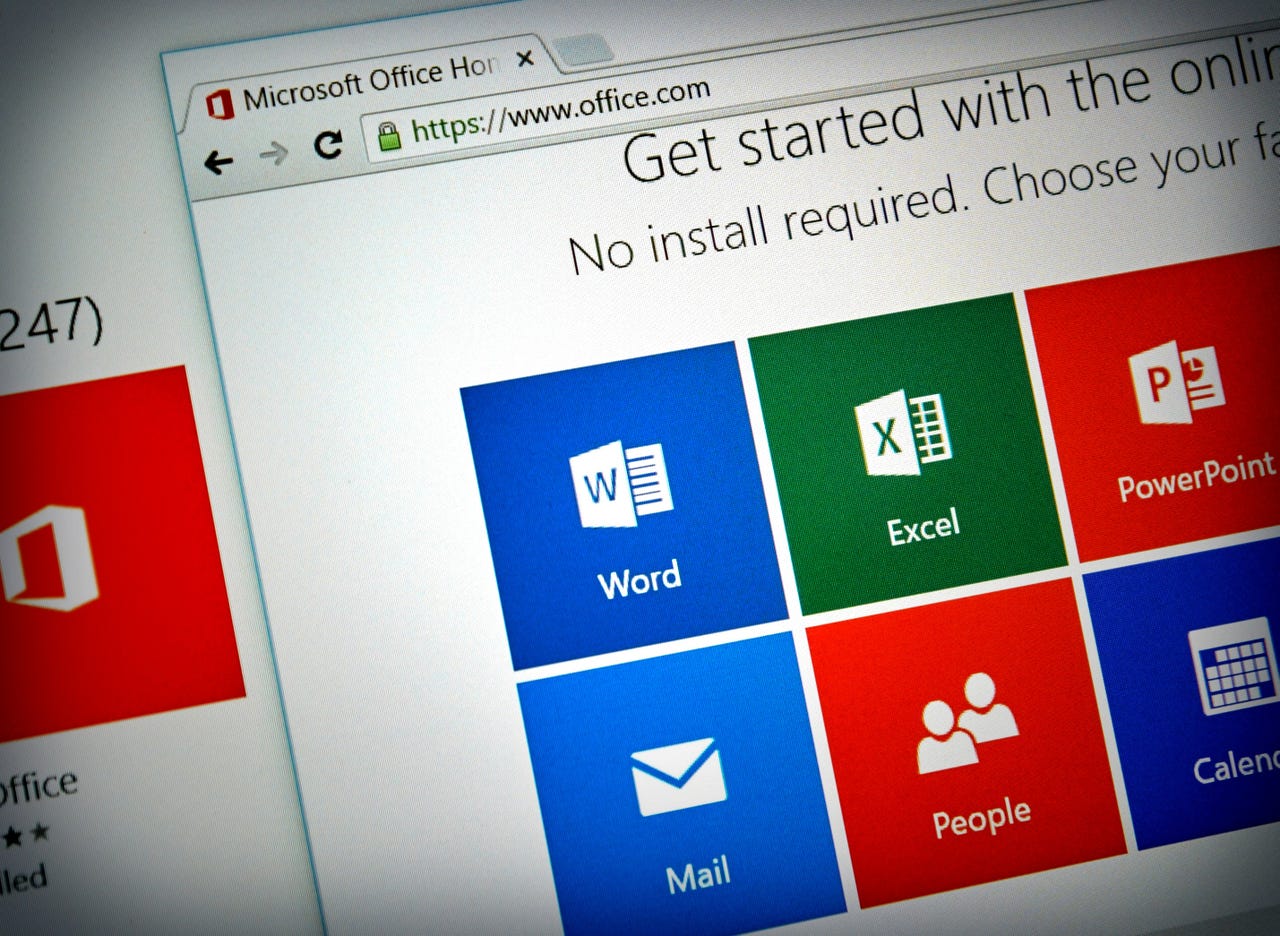Hackers are attacking Word users with new Microsoft Office zero-day vulnerability


(Image: file photo)
Attackers are exploiting a previously undisclosed vulnerability in Microsoft Word, which security researchers say can be used to quietly install different kinds of malware -- even on fully-patched computers.
Unlike most document-related vulnerabilities, this zero-day bug that has yet to be patched doesn't rely on macros -- in which Office typically warns users of risks when opening macro-enabled files.
Instead, the vulnerability is triggered when a victim opens a trick Word document, which downloads a malicious HTML application from a server, disguised to look like a Rich Text document file as a decoy. The HTML application meanwhile downloads and runs a malicious script that can be used to stealthily install malware.
Researchers at McAfee, who first reported the discovery on Friday, said because the HTML application is executable, the attacker can run code on the affected computer while evading memory-based mitigations designed to prevent these kinds of attacks.
Both McAfee and FireEye -- the latter of which posted a similar report Saturday but said it had held off on a public disclosure while it was coordinating a response with Microsoft -- agreed on the cause of the vulnerability. The issue relates to the Windows Object Linking and Embedding (OLE) function, which allows an application to link and embed content to other documents, according to researchers. The Windows OLE feature is used primarily in Office and Windows' in-built document viewer WordPad, but has been the cause of numerous vulnerabilities over the past few years.
The researchers recently focused a Black Hat talk on the Windows OLE attack surface.
The bug can be exploited on all versions of Office, including the latest Office 2016 running on Windows 10, and have spotted attacks in the wild since January.
A Microsoft spokesperson confirmed that the company will issue a fix for the bug on Tuesday as part of its monthly release of security fixes and patches.